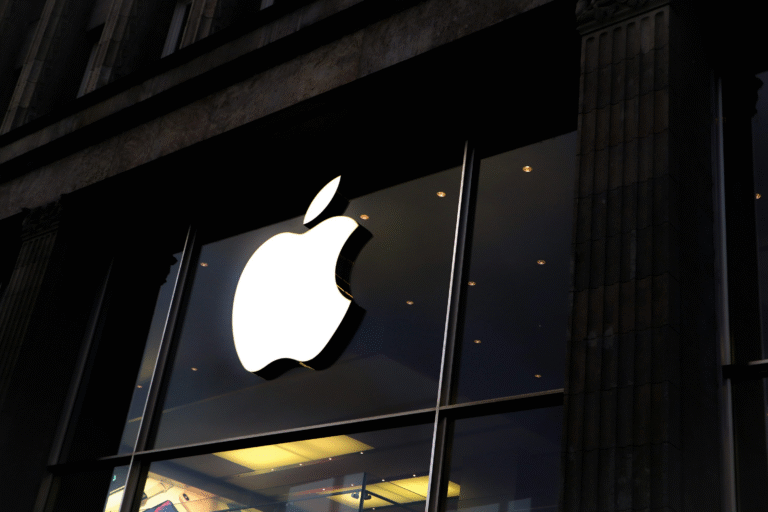UK national debt has reached its highest level since 1962, according to recent official statistics. As of June, government debt stood at 99.5% of the UK’s economic output, surpassing previous peaks from the pandemic.
The latest figures from the Office for National Statistics (ONS) also revealed that borrowing exceeded expectations for June. A statement on public finances from Chancellor Rachel Reeves is anticipated by the end of the month.
Government debt represents the cumulative amount owed by the government over time, while borrowing indicates the shortfall between public spending and tax revenue during a specific period.
Chief Secretary to the Treasury, Darren Jones, described the figures as a “clear reminder” of the “worst economic inheritance” since World War II. Although borrowing in June amounted to £14.5 billion, marking the lowest June total in five years due to reduced interest costs from falling inflation, it was still higher than anticipated.
Economists predict that borrowing could rise due to increased spending pressures and commitments not to raise income, corporation, or VAT rates. Dennis Tatarkov, senior economist at KPMG UK, warned that the new chancellor will face challenging decisions between additional borrowing or significant tax increases to support government spending.
Additionally, the ONS reported a greater-than-expected decline in retail sales last month, impacted by adverse weather and election uncertainties. Retail sales volumes fell by 1.2% in June, following strong growth in May, with non-food retailers such as clothing and department stores experiencing the most significant drops, down 2.1%. Retailers attributed these declines to election-related uncertainty, poor weather, and reduced customer traffic.








